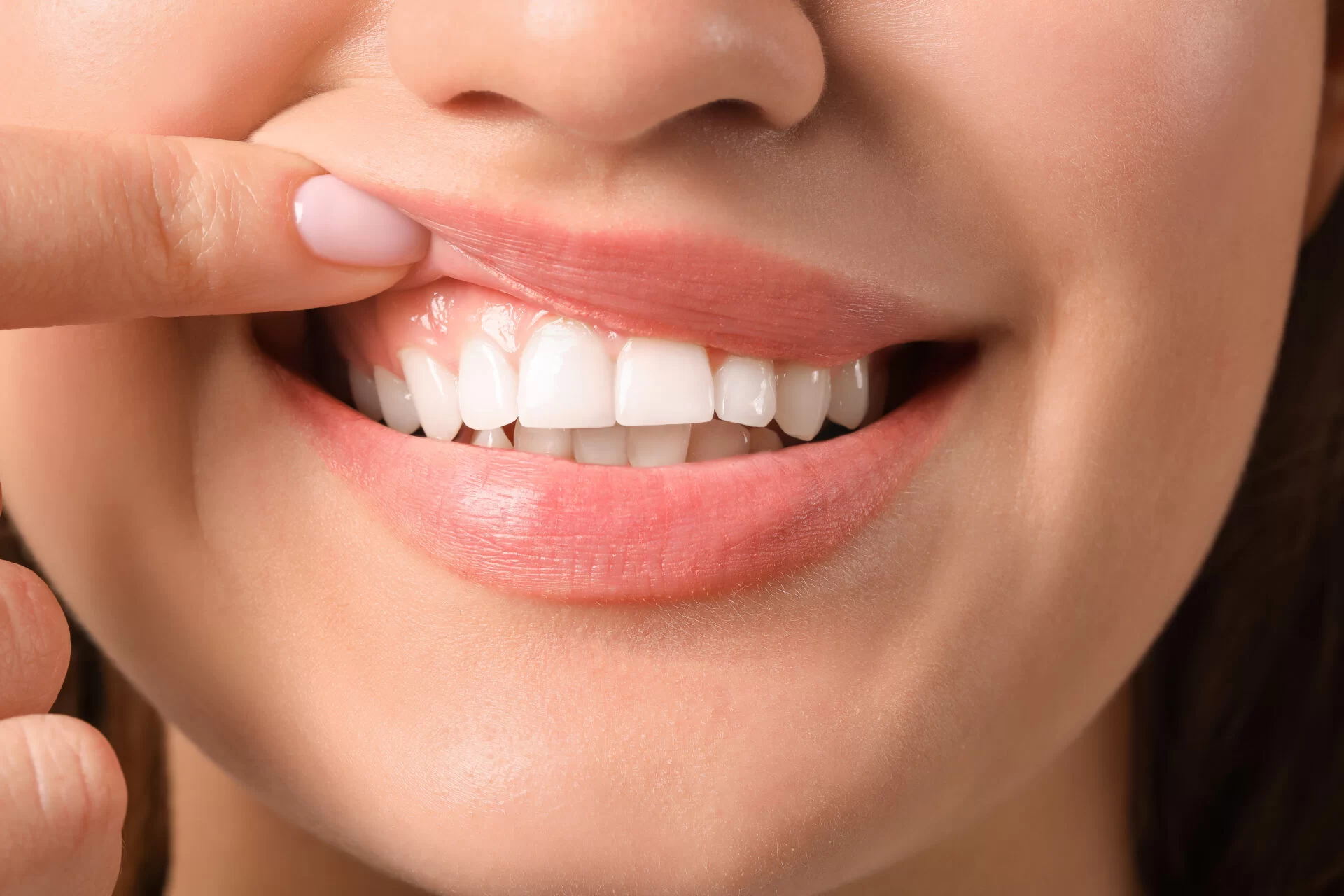
Effective Gum Disease Treatment: Expert Tips for Healthier Gums and Teeth
- 1. Understanding Gum Disease: What You Need to Know
- 2. Common Causes of Gum Disease and How to Avoid Them
- 3. Gum Disease Treatment Options: What Works Best
- 4. Preventing Gum Disease: Simple Steps for Healthier Gums
- 5. Real-Life Case Study: Overcoming Gum Disease
- 6. Recommended Products for Gum Disease Treatment
1. Understanding Gum Disease: What You Need to Know
Gum disease, also known as periodontal disease, is a common condition that affects the gums and bone supporting the teeth. It often begins with gingivitis, an inflammation of the gums, and can progress to more severe forms that cause tooth loss. Early detection and treatment are key to preventing long-term damage to your oral health.
Common symptoms include swollen, bleeding gums, bad breath, and receding gums. If you experience any of these symptoms, it's crucial to see a dentist immediately for evaluation and treatment options.
2. Common Causes of Gum Disease and How to Avoid Them
There are several factors that can contribute to the development of gum disease. Poor oral hygiene is the leading cause, as it allows plaque to build up on teeth and gums, leading to inflammation. Smoking, diabetes, certain medications, and hormonal changes are also known risk factors.
To avoid gum disease, maintain proper oral hygiene by brushing and flossing regularly. Additionally, a healthy diet, quitting smoking, and regular dental checkups can significantly reduce the risk of gum disease.
3. Gum Disease Treatment Options: What Works Best
Treating gum disease depends on the severity of the condition. For mild gum disease (gingivitis), professional cleaning by a dentist or hygienist is often enough to remove plaque and tartar. For more severe cases, scaling and root planing (a deep cleaning procedure) may be necessary to remove bacteria and smooth the root surfaces.
In some cases, antibiotics or antimicrobial treatments may be prescribed to control infection. Surgical options like gum grafts or flap surgery may be considered for advanced gum disease, helping to restore lost tissue and bone.
4. Preventing Gum Disease: Simple Steps for Healthier Gums
The best way to prevent gum disease is by following a daily oral care routine. Brushing your teeth at least twice a day with fluoride toothpaste, flossing regularly, and using an antimicrobial mouthwash can keep plaque from building up on your gums and teeth.
Additionally, visiting your dentist for routine checkups and cleanings will help catch any early signs of gum disease before they become more serious. Eating a balanced diet and avoiding tobacco use can further support gum health.
5. Real-Life Case Study: Overcoming Gum Disease
Take the story of Emily, a 35-year-old woman who struggled with gum disease for years. Despite her efforts to brush regularly, she developed swollen, bleeding gums and severe sensitivity. After visiting her dentist, she learned that her condition had progressed to periodontitis, requiring more intensive treatment.
Emily underwent scaling and root planing, followed by a series of follow-up appointments to ensure her gums healed properly. With a commitment to daily care and regular dental visits, Emily was able to regain her gum health and avoid tooth loss.
6. Recommended Products for Gum Disease Treatment
If you're seeking ways to improve your gum health, consider using products specifically designed for gum disease treatment. These include specialized toothbrushes, toothpaste with antimicrobial properties, and floss that effectively removes plaque buildup from between your teeth.
For more advanced cases, consider consulting your dentist about prescription-strength mouthwashes and antibiotics. Many people also find relief from using natural remedies like oil pulling with coconut oil, though it’s important to follow professional advice for best results.
For further information and to explore the latest products for gum disease treatment, visit Dentistry Toothtruth for expert recommendations and reviews.







 Dr. Joseph P. Sciarra, DDS3.0 (10 review)
Dr. Joseph P. Sciarra, DDS3.0 (10 review) Mark J. Mele, DMD5.0 (86 review)
Mark J. Mele, DMD5.0 (86 review) Dr Elizabeth Garcia4.0 (10 review)
Dr Elizabeth Garcia4.0 (10 review) Simply Dental Clinic0.0 (0 review)
Simply Dental Clinic0.0 (0 review) Excelsior Family Dental PLLC5.0 (304 review)
Excelsior Family Dental PLLC5.0 (304 review) Alpha Dental Excellence4.0 (829 review)
Alpha Dental Excellence4.0 (829 review) The Importance of Oral Health Education During Pregnancy for a Healthy Pregnancy
The Importance of Oral Health Education During Pregnancy for a Healthy Pregnancy Best Tips for Brushing Your Teeth Properly for Healthy Gums: Essential Techniques for Oral Health
Best Tips for Brushing Your Teeth Properly for Healthy Gums: Essential Techniques for Oral Health Why Skipping Dental Checkups Can Lead to Bigger Oral Health Problems
Why Skipping Dental Checkups Can Lead to Bigger Oral Health Problems Advantages of Porcelain Dental Restorations
Advantages of Porcelain Dental Restorations How Can Diabetes Cause Tooth and Gum Problems? Preventing and Managing Oral Health Issues
How Can Diabetes Cause Tooth and Gum Problems? Preventing and Managing Oral Health Issues Healthy Habits for Promoting Good Oral Health and Hygiene: Tips for a Healthy Smile
Healthy Habits for Promoting Good Oral Health and Hygiene: Tips for a Healthy Smile